Detecting and Mapping Video Impairments
T. Goodall and A. C. Bovik
The Video Impairment Detection Mapper (VIDMAP) is a generalized artifact detector, which can both detect and
- Upscaling (Bilinear, Bicubic, Lanczos-4, and Nearest Neighbor)
- Video Hits (H.264)
- Video Hits (MPEG2)
- "False Contours"/Banding
- H.264 Compression
- Aliasing
- Interlacing/Combing
- Quantization
- Dropped Frames
- Goodall, Todd and Bovik, Alan C. "Detecting and Mapping Video Impairments" (Submitted 2018)
- Goodall, Todd and Bovik, Alan C. "Artifact Detection Maps Learned using Shallow Convolutional Networks" SSIAI 2017
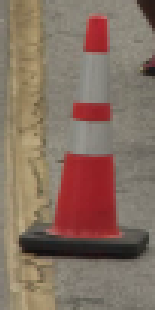 | 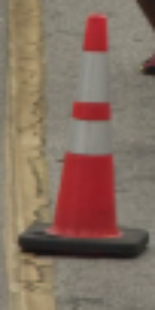 | 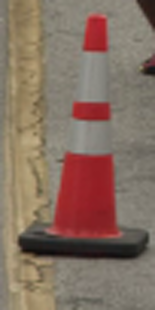 | 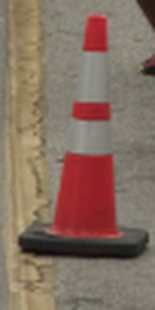 |
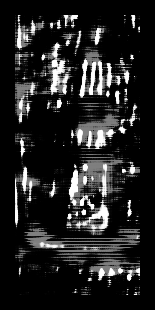 | 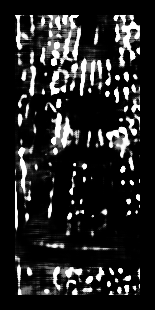 | 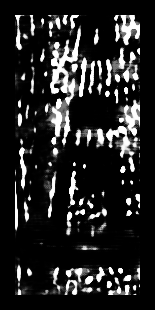 | 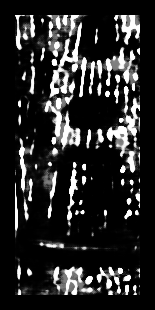 |
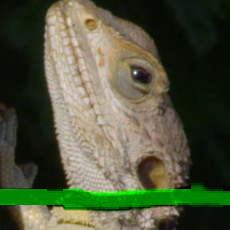 | 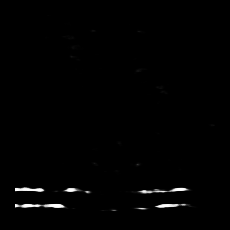 |
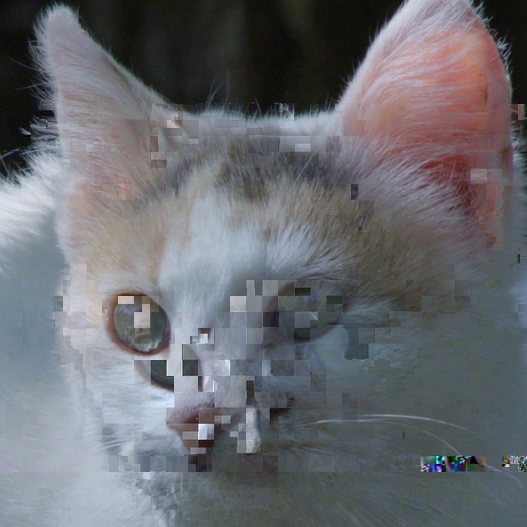 | 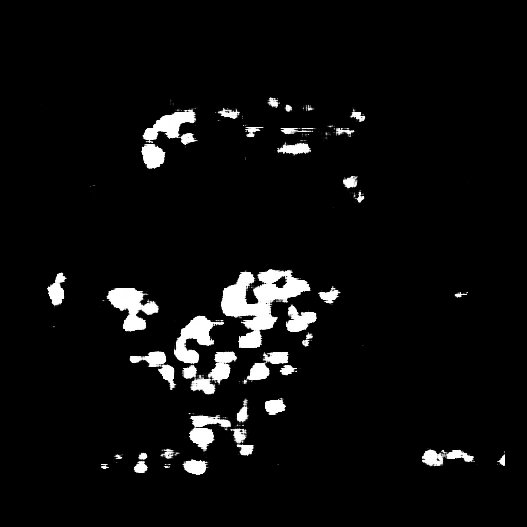 |
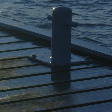 | 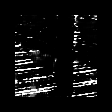 |
||
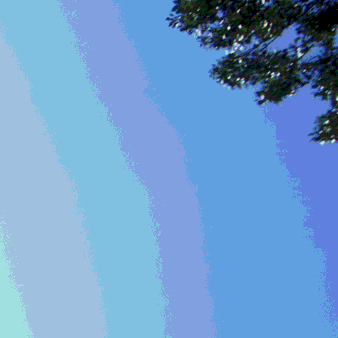 | 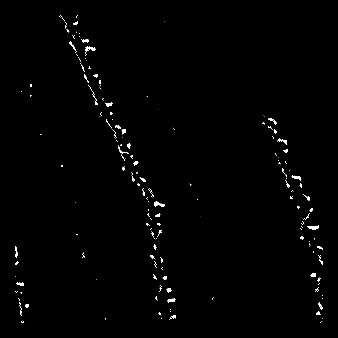 |
||
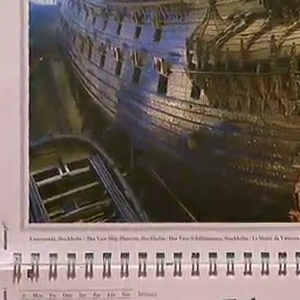 | 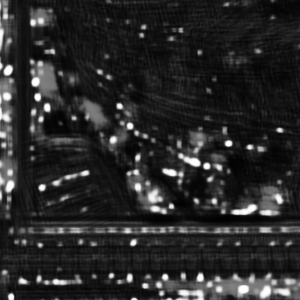 |
||
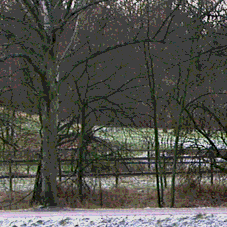 | 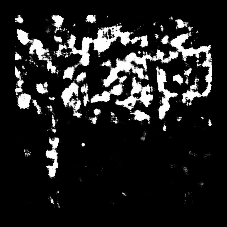 |
||
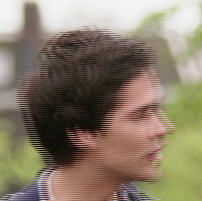 | 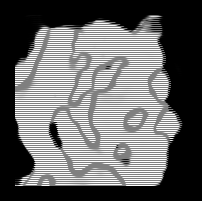 |
||
 |  |  |  | 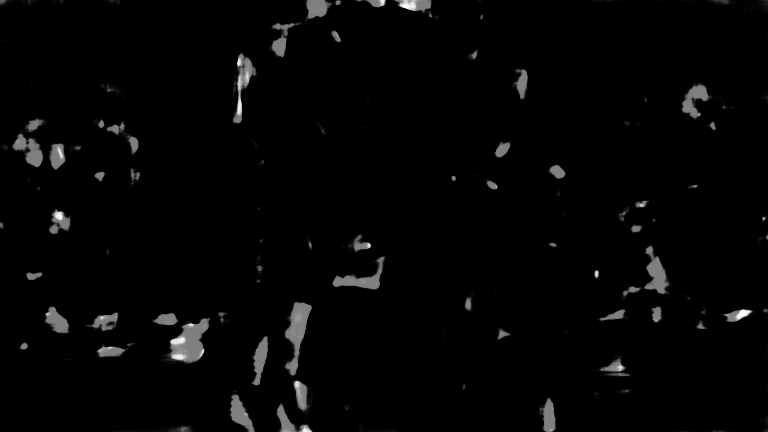 |
-----------COPYRIGHT NOTICE STARTS WITH THIS LINE------------
Copyright (c) 2018 The University of Texas at Austin
All rights reserved.
Permission is hereby granted, without written agreement and without license or royalty fees, to use, copy,
modify, and distribute this code (the source files) and its documentation for
any purpose, provided that the copyright notice in its entirety appear in all copies of this code, and the
original source of this code, Laboratory for Image and Video Engineering (LIVE, http://live.ece.utexas.edu)
at the University of Texas at Austin (UT Austin, http://www.utexas.edu), is acknowledged in any publication
that reports research using this code. The research is to be cited in the bibliography as:
1) T. Goodall and A. C. Bovik, "VIDMAP Software Release",
URL: http://live.ece.utexas.edu/research/quality/VIDMAP_release.zip, 2018
2) T. Goodall and A. C. Bovik, "Detecting and Mapping Video Impairments" 2018
submitted
3) T. Goodall and A. C. Bovik, "Artifact Detection Maps Learned using Shallow
Convolutional Networks" SSIAI 2017
IN NO EVENT SHALL THE UNIVERSITY OF TEXAS AT AUSTIN BE LIABLE TO ANY PARTY FOR DIRECT, INDIRECT, SPECIAL, INCIDENTAL,
OR CONSEQUENTIAL DAMAGES ARISING OUT OF THE USE OF THIS DATABASE AND ITS DOCUMENTATION, EVEN IF THE UNIVERSITY OF TEXAS
AT AUSTIN HAS BEEN ADVISED OF THE POSSIBILITY OF SUCH DAMAGE.
THE UNIVERSITY OF TEXAS AT AUSTIN SPECIFICALLY DISCLAIMS ANY WARRANTIES, INCLUDING, BUT NOT LIMITED TO, THE IMPLIED
WARRANTIES OF MERCHANTABILITY AND FITNESS FOR A PARTICULAR PURPOSE. THE DATABASE PROVIDED HEREUNDER IS ON AN "AS IS" BASIS,
AND THE UNIVERSITY OF TEXAS AT AUSTIN HAS NO OBLIGATION TO PROVIDE MAINTENANCE, SUPPORT, UPDATES, ENHANCEMENTS, OR MODIFICATIONS.
-----------COPYRIGHT NOTICE ENDS WITH THIS LINE------------%
Author : Todd Goodall
Version : 1.0
The authors are with the Laboratory for Image and Video Engineering
(LIVE), Department of Electrical and Computer Engineering, The
University of Texas at Austin, Austin, TX.
Kindly report any suggestions or corrections to tgoodall@utexas.edu
========================================================================